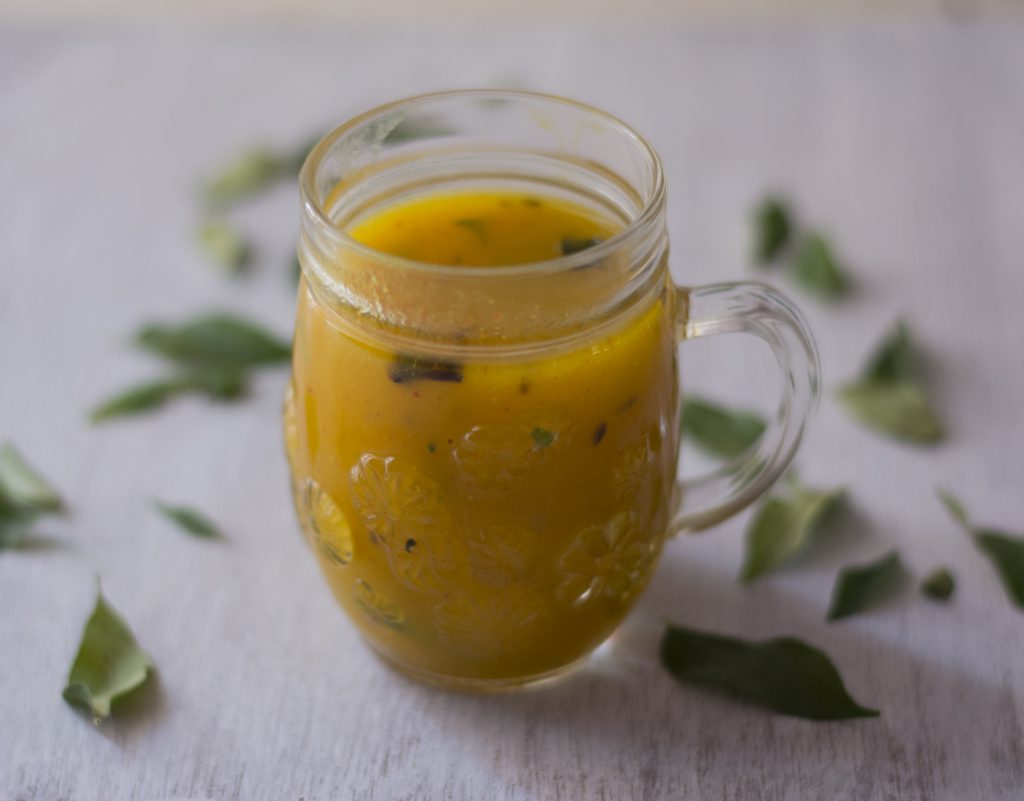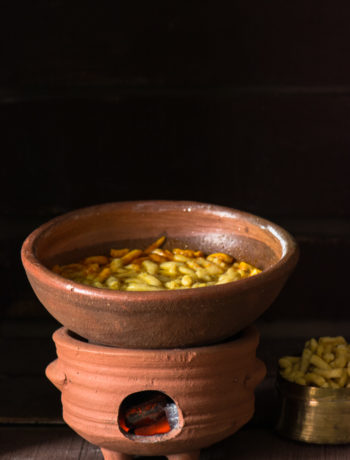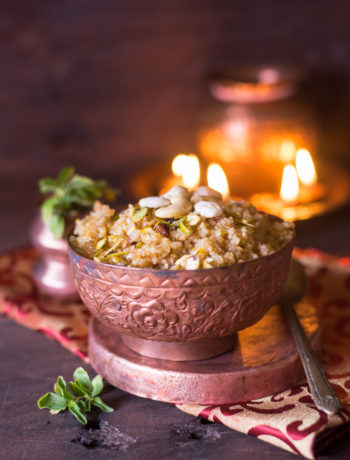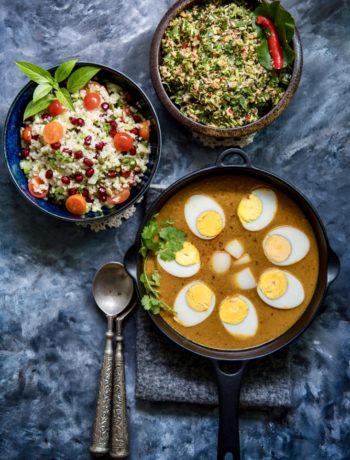Fajeto is also called Ras No Fajeto…. To begin with let me just deconstruct the title of this post for you. In Gujarati, Ras translates into any kind of juice but when one says Ras it has to be understood the Ras in question is Aam Ras or the mango juice/pulp. As for any other juice we do specify what juice but the Aam Ras holds a very revered and commanding status in Gujarati cuisine and hence does not need any prefixes!! And Fajeto means a fiasco. So literally the name of the dish translates into ‘mango pulp is ruined.’ Seriously why would the creator of this delicate, charming and unique food preparation name it so. As one would wonder, was the inventor of the dish trying to convey that she/he ruined the otherwise divine Ras? Well all these are matters of some serious food trivia deliberations for some other time…… I am contemplating of exploring deeper in to the subject of how and why have Gujju foods acquired such interesting names….:) 🙂 🙂 Fajeto is a very popular Gujarati Mango Kadhi….
In the bygone days the entire process of juicing the mangoes to prepare the Aam-Ras for lunch was quite a task. The mangoes were soaked for an hour after which they were massaged and squeezed so as to loosen the pulp. The loosened pulp was then passed through a muslin cloth that was tied on the mouth of a huge pan. Once the Ras was sieved (which was a task, given the joint family systems and amount of mangoes needed) all that remained was the mango skins, seeds and fibrous residue of the pulp. ‘Nothing goes to waste’ was the golden rule each kitchen followed. Hence the skin, seeds and the fibers were washed in some water and all the remaining pulp was washed off from the mango parts before they were discarded. The water and pulp mixture was reserved to make Fajeto. Hence, it wouldn’t be wrong if we said, Fajeto came into existence to reduce the mango waste!!
This was then however, the advent of mixer-grinder entirely changed the way home makers began making Ras. The chopped ripe mangoes are simply stashed into the mixer jar and blended. This mean machines helped in two ways, they went on to save lot of time otherwise spent in sweltering kitchens and we also began consuming all the rich fibers that mango fruit offers. Although even today there are households that have remained faithful to the traditional way of making Ras.
Traditionally, Fajeto is made by mixing yogurt, besan (chickpea flour) and the Ras concoction derived from washing residue mango pulp from mango skins and seed. Since this concoction would be thin it was thickened by adding yoghurt and besan. It’s a type of mango kadhi that is had with Puri-Ras for lunch.
I have somehow not liked Fajeto a lot. It seems the diluted Ras turned into a kadhi did not appeal my palate….But that was until I tasted Fajeto at Rinku’s home. The ever so gracious and gifted Ranjan aunty (Rinku’s Mum) has this totally different take on making Fajeto. Instead of adding the yogurt+besan to Ras she simple uses thick Ras that is slightly diluted with water, adds all the spices that traditionally go in Fajeto, tempers it and serves the chilled Fajeto at the end of a meal. Fajeto at Rinku’s is more of a beverage served to wash down a hearty Ras-Puri meals had during the summer weekends. I absolutely fell in love with Ranjan Aunty’s version of Fajeto and make sure I prepare it when the luscious Kesar mangoes are in season. I definitely would want you to give this recipe a try, if you haven’t ever tasted Fajeto this can become your new benchmark for a Ras No Fajeto…
Fajeto
Ingredients
- 2 cups aam rus/ripe mago puree, thick
- 2 cups room temperature water (approximately)
- 1 teaspoon sooth/ dried ginger powder
- 1/2 teaspoon red chilli powder
- 2 to 3 tablespoon jaggery
- salt to taste
For tempering - 1 teaspoon oil
- 1 teaspoon cumin seeds
- 3-4 cloves
- 1 inch cinnamon stick
- few curry leaves
Method
- In a patili/pan mix together the Ras, water, jaggery, sooth, chilli powder and salt.
- Mix it well to blend the Ras and water to a smooth mixture.
- Place the pan on a slow fire and heat until the jaggery has melted and the mixture has turned into uniform consistency. By this time the mixture should have come to a soft boil.
- In a small kadai/wok heat the oil for tempering.
- Add the cumin seeds, asafoetida, curry leaves, cloves and cinnamon.
- Turn off the flame once the cumin begin to splutter. Making sure you do not burn the cloves and cinnamon.
- Add the tempering to the Ras mixture. Allow the mixture to simmer for couple of minutes. Fajeto is ready.
- Transfer the Fajeto in another bowl and chill before serving.
- Serve the Fajeto in individual glasses.
Me to you..
You can replace jaggery with sugar. Since I use organic jaggery the colour of Fajeto here is a shade darker.
The measures of ingredients can be adapted as per the palate of your family.
The amount of water will depend on the consistency of the Ras. What we want is a mixture that has the consistency of corn soup.
Sooth/dried ginger powder is the star spice here. Please do not omit it as not only does it enhance the taste but also aids digestion.







No Comments